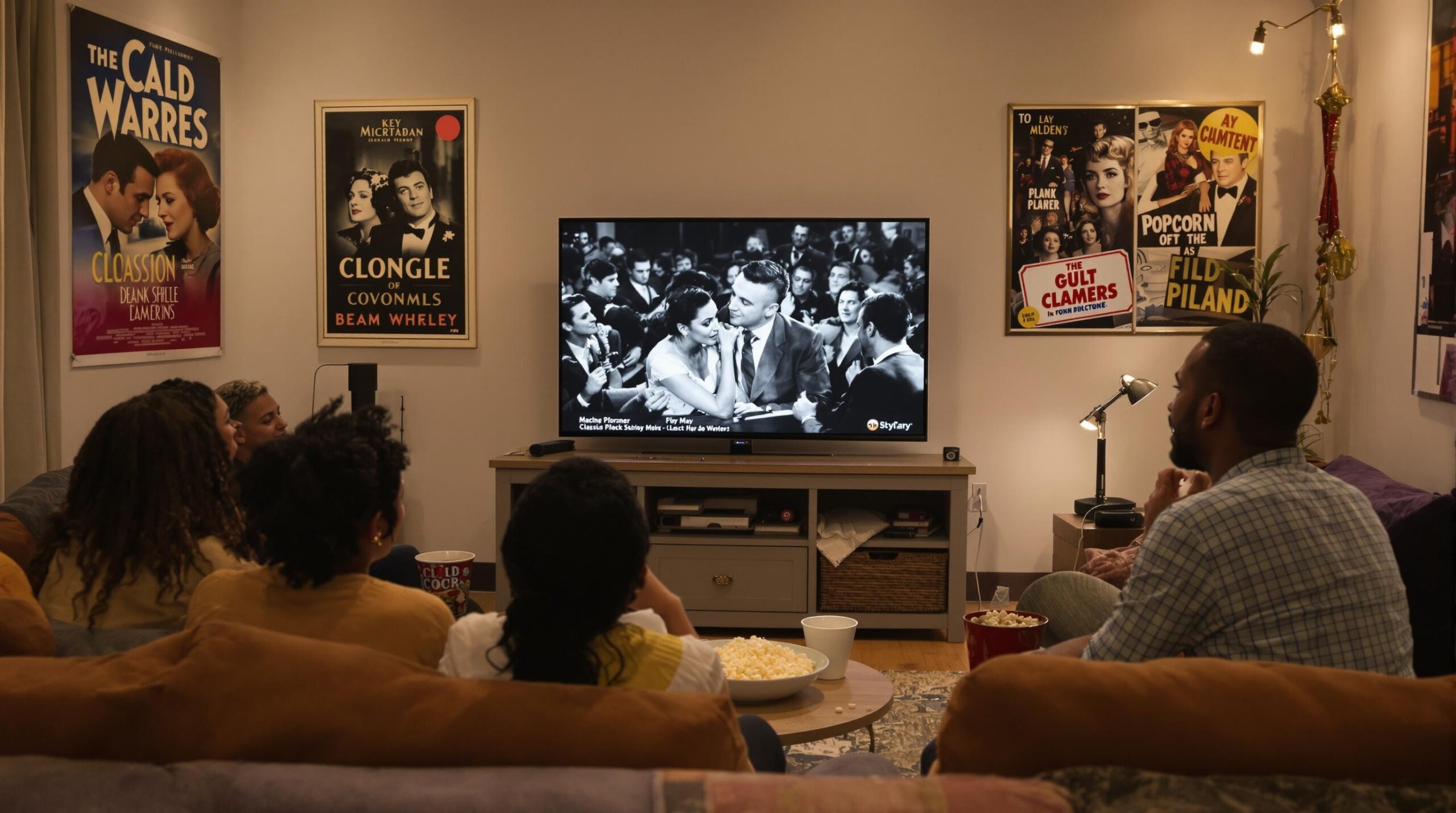Streaming services have significantly reshaped our cultural landscape. Among their many impacts, how audiences engage with classic movies is a notable change. These services offer vast collections of films, including classic titles that once seemed destined to fade into obscurity. As technology evolves, our access to these timeless films and our perceptions of them are transformed. This article explores how streaming services have reshaped our relationship with classic movies.
The Rise of Streaming Services
Streaming services have emerged rapidly over the last decade, disrupting traditional movie distribution methods. Companies like Netflix, Hulu, and Amazon Prime Video transformed how audiences access film content. Previously, audiences relied on physical media and scheduled television broadcasts. Now, these services offer instant access to vast libraries of content. A moviegoer looking for a classic film no longer needs to track down a physical copy or await a rare television airing. They can search on a streaming service.
On-Demand Access
Classic movies are now available on demand. Streaming services allow users to watch films conveniently without a strict schedule. This shift represents a fundamental change in how these films are consumed. Traditional viewings were tied to schedules, whether a theater screening or a TV air time. With streaming, viewers can choose what to watch and when. This flexibility encourages a roader to explore classic film catalogs. The ease of access has democratized film consumption.
Expanding the Audience
Streaming platforms have broadened the audience for classic movies. Before streaming, accessibility barriers limited the audience. Now, younger generations can discover films from decades past. These platforms often curate selections for new viewers. They highlight essential classics that are must-watch films. Such recommendations influence viewers’ choices and spark interest in exploring film history. Consequently, appreciation for these films grows, transcending generational divides.
Educational Opportunities
Streaming services provide valuable educational opportunities. Classic films often reflect the cultural and social contexts of their times. They offer unique insights into historical eras. Academic institutions can leverage these platforms in their curricula. Students can access relevant films as part of their film, history, and culture studies. This accessibility enhances their learning experience, connecting them with cinematic history.
Changing Perceptions of Classic Movies
With more people watching classic films, views on these movies naturally evolve. Streaming services facilitate revisiting these films with new perspectives. Specific classics have generated discussions about previously overlooked themes and representations. Modern audiences might critique or reaffirm their cultural significance. Discussions on social media amplify these dialogues, fostering global conversations.
Restoration and Preservation
Many streaming services invest in film restoration and preservation. Restored films often have remastered visuals and audio, enhancing the viewing experience. By presenting classics in high-quality formats, these services honor cinematic history. Preservation efforts ensure the longevity of classic films. They protect cultural heritage while making films more accessible to contemporary audiences. These initiatives reflect the growing recognition of the importance of film preservation.
The Impact of Algorithms
Streaming platforms use sophisticated algorithms to recommend content. These algorithms influence what films users discover and watch. Recommendations based on viewing history suggest classics alongside modern releases. Consequently, some viewers might explore classic films they wouldn’t have found otherwise. While algorithms widen access, they might also narrow exposure. Sole reliance on recommendations could limit the exploration of full classic catalogs.
Curatorial Responsibility
Streaming platforms have a curatorial responsibility to showcase diverse classics. Presenting a wide range of films from different eras and cultures is essential. This diversity encourages a holistic appreciation of cinematic history. By highlighting underrepresented films, streaming services help combat historical biases. They play a crucial role in shaping viewers’ understanding and appreciation of film history.
The Role of Niche Streaming Services
Niche streaming services have emerged to specialize in classic films. Platforms dedicated solely to classic movies are gaining popularity. These services cater to specific audiences with targeted content. They often highlight rare films and international treasures absent from mainstream platforms. Dedicated niche platforms can cultivate devoted fan communities. This focus enriches the classic film viewing experience by offering attention to detail and passionate curation.
Building Enthusiast Communities
Niche services foster vibrant communities of classic film enthusiasts. These communities share insights, preferences, and recommendations. They create virtual spaces for discussion and celebration of classic cinema. The ability to connect with other enthusiasts enhances the viewing experience. It fosters a sense of shared discovery, enriching personal engagements with these timeless films.
Conclusion
Streaming services have fundamentally altered our relationship with classic movies. Through increased accessibility and convenience, they have introduced these films to new, diverse audiences. They create educational opportunities and foster global dialogues. While algorithms provide recommendations, they challenge viewers to explore beyond suggested lists. Niche platforms continue to thrive, catering to dedicated audiences with specialized interests. As technology evolves, streaming services will play a pivotal role in preserving and promoting classic film heritage. By reshaping how we access, engage with, and perceive these films, streaming platforms ensure their survival for future generations.


